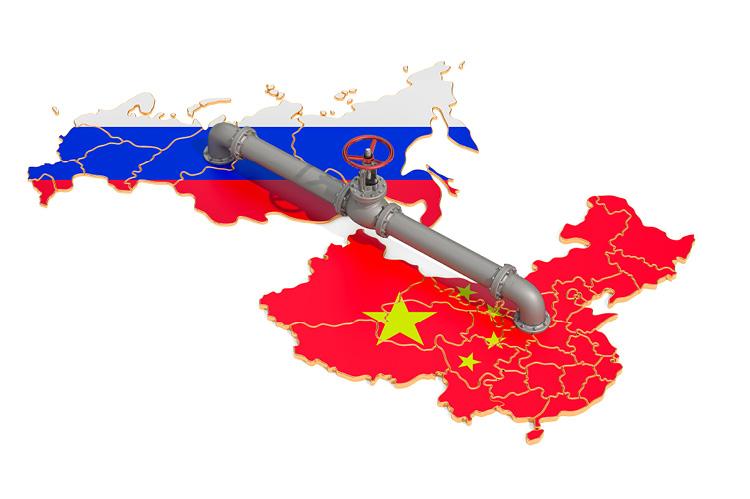The China-Russia East Natural Gas Pipeline Brings Environmental Dividends

One of the worst polluted places in China (and hence the world) will likely become much less so when the middle portion of the 1,100-km China-Russia East natural gas pipeline is put into operation as it reaches its end point in the Beijing-Tianjin-Hebei region of northern China.
The pipeline aims to help improve air quality in the region, where about a quarter of China's steel-making capacity is located, by adding 27 MMcm/d, China Oil & Gas Piping Network Corp (PipeChina) said in a statement on Thursday, adding that the pipeline will also promote economic development alongside the rust-belt areas.
The pipeline is divided into three sections in China for executing a phased construction and operation. The north section of the pipeline is from Heihe to Changling County in Jilin province (this portion started operations in December 2019), the middle section runs from Changling County to Yongqing County in Hebei province, while the south section starts in Yongqing County and terminates at Shanghai City (this portion was started in July, 2020).
The length of the pipeline in China is approximately 5,111km which includes approximately 3,371km of new pipelines and 1,740km of existing pipeline. The pipeline is claimed to have the biggest diameter at 1.42m and the highest-pressure capacity at 12 megapascals (MPa) among all the existing long-distance pipelines in China.
These sections of the China Russia East pipeline are all part of the larger Power of Siberia natural gas system originating in the Irkutsk region of the Russian Federation, near Lake Baikal. The pipeline is approximately 3,000km-long with a 1.42m-diameter, boasting a capacity of up to 38bcm a year.
The pipeline passes through the Irkutsk Region, Amur Region, and the Sakha Republic in Russia. The construction of the pipeline was started in September 2014 while the 2,200km-long section of the pipeline from the Chayandinskoye field to Blagoveshchensk near the Russia-China border was brought on stream in December 2019.

